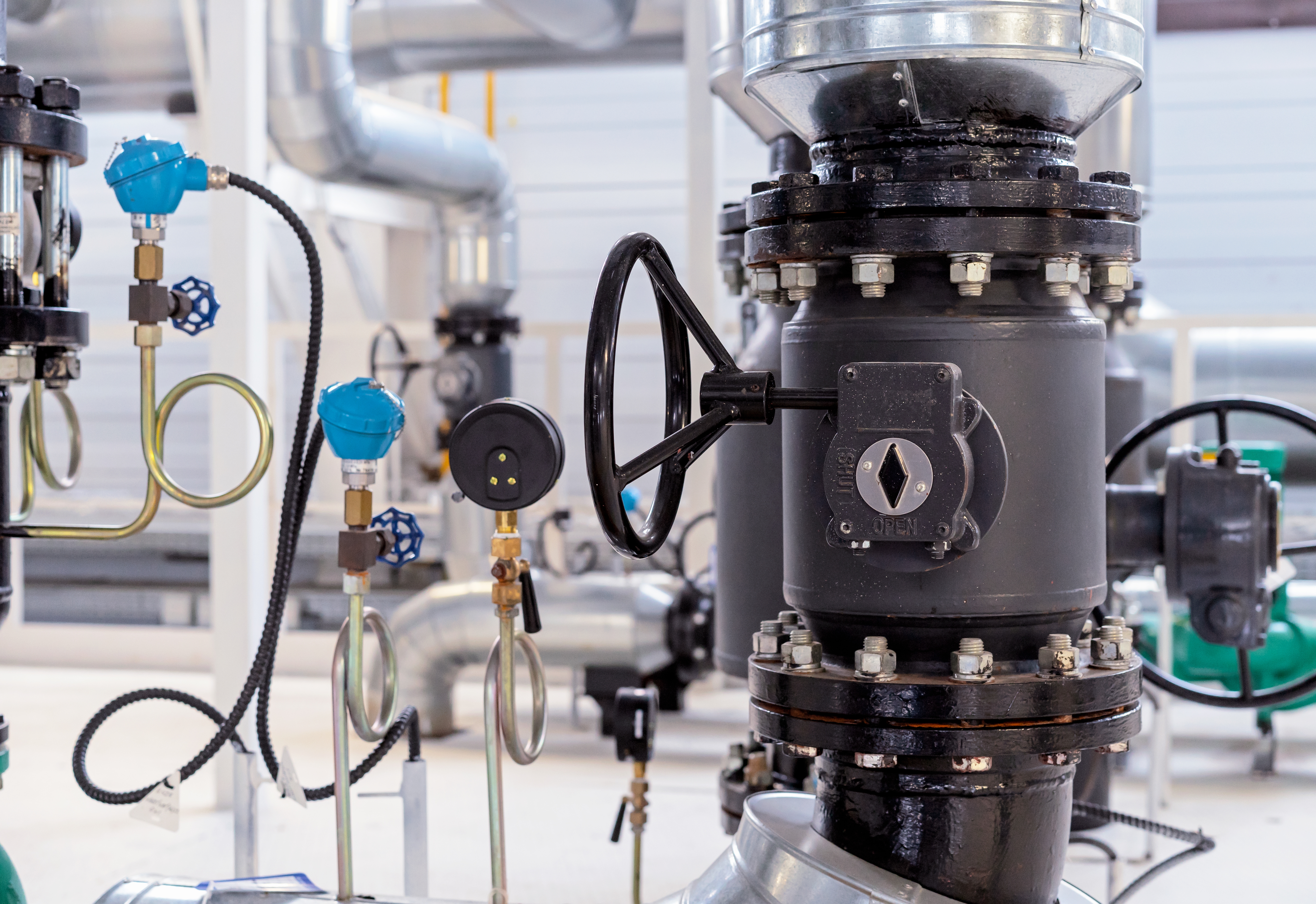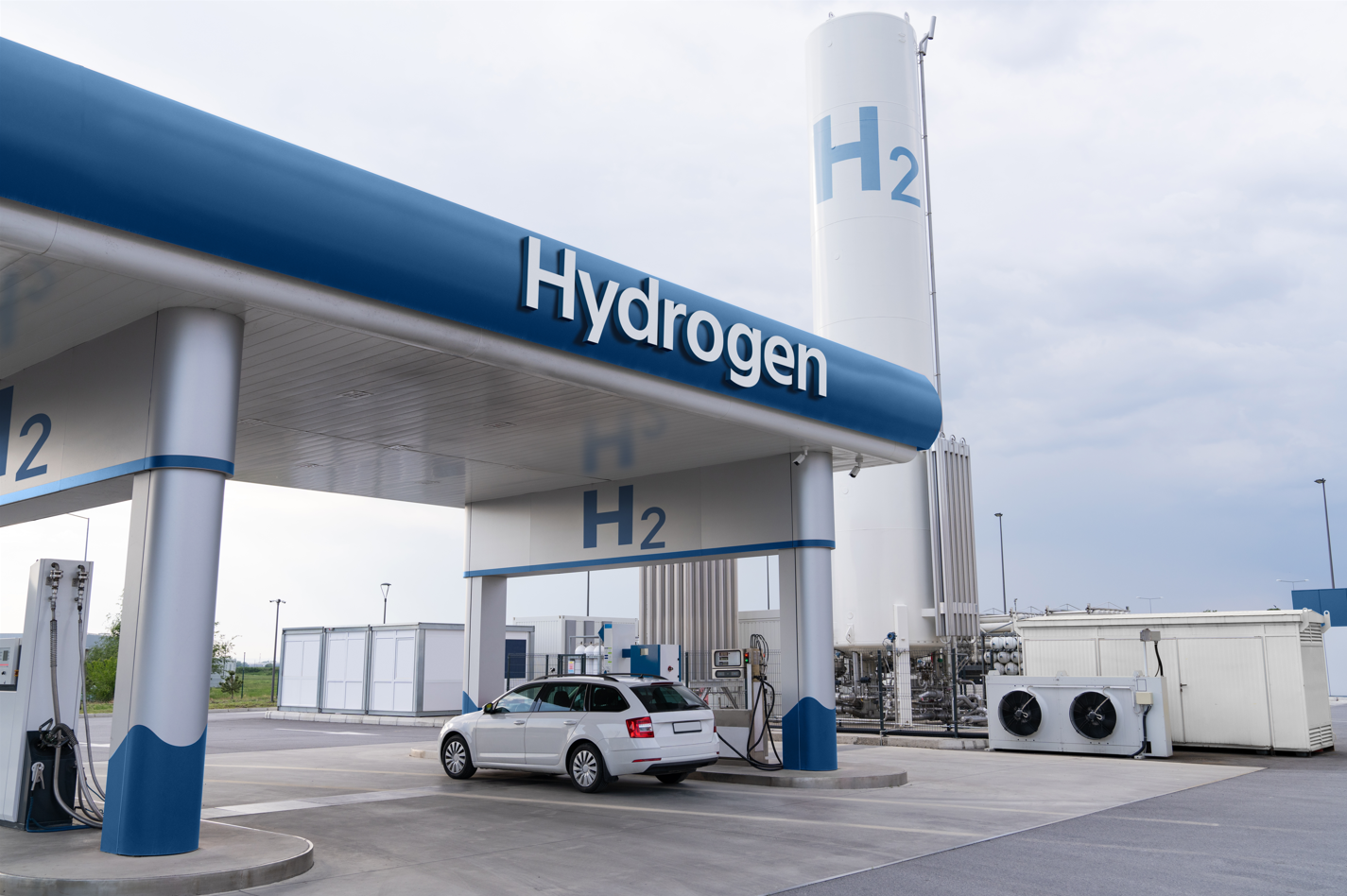Featured Articles
2023-03-16
[2023-03-16 ~
]
MEMS and Special Ceramic Materials Will Become Extremely Key Technologies for New Energy Vehicles

MEMS and Special Ceramic Materials Will Become Extremely Key Technologies for New Energy Vehicles
The trend of hydrogen energy and hybrid power has brought new challenges to the industry with new mechatronic systems. Whether it is a fuel engine or a hydrogen fuel cell, the ambient temperature will rise sharply during combustion or air intake; When the operation is stopped, it cools down quickly. This thermal shock caused by drastic changes in temperature is also a great new challenge for the development of materials and components. On the other hand, to reduce costs, it is necessary to reduce the thinness of components, and the requirements for shock resistance, high heat resistance, and noise resistance are not less, and it will be a great challenge to achieve all-around consideration. In addition, because of the complexity of the system and the requirements for improving safety performance, such as the precision of sensors to reach extremely high standards, mass production is extremely difficult. Taking the hydrogen leakage sensor as an example, the parts used in the Toyota Mirai can already reach the level of 100ppm in 100,000 kilometers, and the size is only 3mm×2.5mm. To meet the above conditions of fast start-up, fast response, low power consumption, low cost, and increased mechanical strength, MEMS is the best option. Both Japanese manufacturers that supply Mirai's hydrogen sensors before and after use MEMS technology. As for the resistance to extremely high temperatures, the use of special ceramic materials is also one of the trends. Many manufacturers have invested in the development of hydrogen sensors, but they have not been adopted by car manufacturers. After all, Mirai and NEXO have been on the market for years, and their specifications have set benchmarks, and they must approach or exceed their performance to have a chance of market acceptance. Secondly, because the precision requirements are extremely high, the mass production yield is not easy to improve, making the cost less competitive. In terms of temperature sensors, there are many suppliers, but most of them are stuck in the traditional old specifications, can not cross the gap above 800 °C, will not be able to meet the strict standards of air pollution regulations in the future, and gradually lose the newly designed automotive market.
The Development of New Energy Vehicles Should Focus on the Development of Extremely High-Temperature Components and Materials
In recent years, affected by the epidemic and the Ukraine-Russia war, there has been a shortage of automotive semiconductors, and often the topic revolves around advanced processes with limited production capacity supply, which has seriously distorted the trend of automotive electronics development. In recent years, due to the maturity of infrared, ultrasonic, image sensors, millimeter-wave radar, and the latest lidar vehicle sensor technology, combined with high-speed processors, it can perform assisted driving functions (ADAS) such as roadside parking, collision avoidance warning, blind spot detection, and automatic driving, which has become the selling point of new cars. However, these functions, whether standard or optional, are optional to assist the driver in terms of ease of operation and improve safety. In addition, many manufacturers are developing the above technologies, from various industries such as semiconductors, electronics, and automotive parts, and although it is difficult to develop, it is difficult to establish uniqueness and differentiation. In contrast, sensors and related components used in new energy vehicles or newly designed fuel vehicles are necessary components to deal with extremely high temperatures above 800 °C and are closely related to life, which is indispensable for automobiles to pass strict safety regulations, rather than non-mandatory like ADAS, and the technical threshold is very high, and only a very small number of automotive component suppliers who master MEMS, special ceramic materials and special processes are competent. And the semiconductor required adopts a special process that is resistant to high temperature and high pressure, and the advanced process cannot be applied. It is not a wise choice to focus the trend of new energy vehicle development on ADAS.
Manufacturers with the ability to develop key components at extremely high temperatures may have a better understanding of thermal management systems and their mastery of technology than semiconductor suppliers. Therefore, the focus of the future development of new energy vehicles should shift to extremely high-temperature components and materials above 800°C. That's the foresighted approach.
References
- NGK Spark Plug CO. Ltd., Innovative Development of Hydrogen Leak Detection Sensors – Improving both Driving Performance and Security of Ultimate Eco Cars FCV
- NGK Spark Plug CO. Ltd., A new sensor beyond core technology that enjoys top market share. NGK SPARK PLUG CO., LTD. has developed "temperature sensors for turbochargers" that are very resistant to harsh conditions
- Bosch Mobility Solutions, Thermal management for hybrid systems and electric drivers
- Texas Instruments, Eight questions about monitoring and protection in hybrid and electric vehicles



